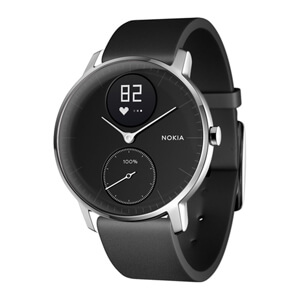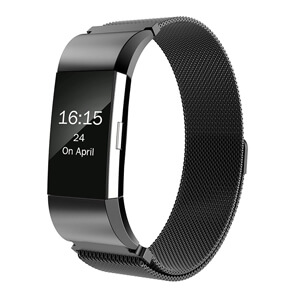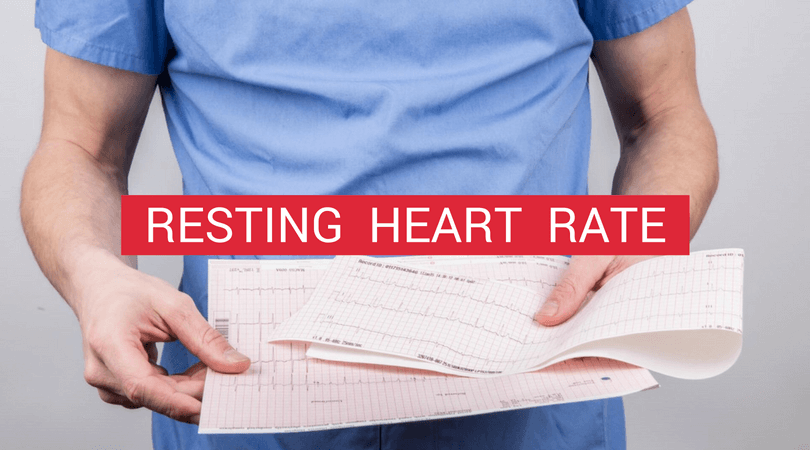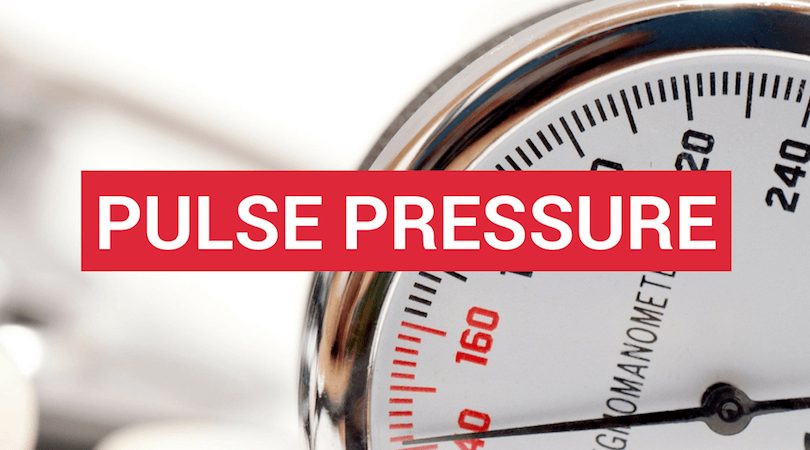Pulse
The pulse or heart rate is the the rate at which the heart beats. It indicates how our heart works. A permanently high or low pulse should be cause for concern. The heart rate is measured in two different types: On the one hand the retrograde pulse, against the bloodstream, on the other hand the anterograde pulse, with the bloodstream. In medicine, the venous pulse, in particular, is important as it provides information about the effectiveness of the heart's action. It measures the regularity and the rate of pressure rise.
Pulse variations
In a healthy adult, the resting heart rate is between 60 and 80 beats per minute. With age, up to 85 beats per minute are considered normal. The pulse can be measured with an ECG, with blood pressure monitors, heart rate monitors, and even by hand. The pulse depends on position, respiration and other factors and can therefore vary widely. To determine your own resting heart rate, you should measure your pulse immediately after waking up and before getting up.
The frequency of the heart beat is also related to the general physical condition. For example, the resting heart rate of an endurance athlete is usually between 32 and 45 beats per minute. That's because athletes have a higher lung volume. A healthy pulse also varies with age. If pulse values differ permanently from the reference values for one's age, a doctor should be consulted. One reason for elevated heart rate values may be high blood pressure.
Measuring pulse
Pulse measurement is an important method if you want to obtain information about vital bodily functions such as heart activity, fluid balance, and blood flow. The pulse can be measured by hand or with the help of measuring instruments.
-
Pulse measurement by hand
When measuring pulse by hand, an artery is sensed, which then provides information about the frequency and quality of the heartbeat. Sensing works best at body spots where big arteries are just below the skin, such as the wrist, the lateral front neck or below the lower jaw. You can also measure the pulse in the groin, the popliteal fossa or on the back of the foot. For the latter, rest and a good body feeling are a prerequisite.
-
Pulse measurement with monitors
Besides measuring by hand, the pulse can also be measured with blood pressure monitors or heart rate monitors. Heart rate monitors provide information on the number of heartbeats per time interval and can provide more detailed results. The biggest advantage of monitors are their usually much higher accuracy. Heart rate monitors usually make use of two or more LED lamps and an optical sensor that measures the ever-changing blood volume in the arteries.
The pulse measurement can provide information on pathological changes in the following areas:
● Heart
● Aortic valve
● Aorta
● Physical fitness
● Physical stress
● Mental stress
● Infections
● Septic shocks
● Calcification of the arteries
● Arrhythmias
In the measurement, one counts the pulse waves, which arise per minute. They are also called pulse rate. Simply place two to three fingers at the desired point of the body for 60 seconds and count how often you feel a pressure wave. That can be tested in self-experiment.
Why is it important to have a normal resting heart rate?
In addition to measuring important body functions, the pulse is also used as an indicator of one's cardiovascular fitness. People who have a consistently high or low heart rate are more susceptible to cardiovascular disease. A tachycardia, a too fast heartbeat, can cause malaise, fatigue and makes the body limp and vulnerable. Tachycardia can result in serious physical complaints and illnesses.
Read more in our heart health guide:





